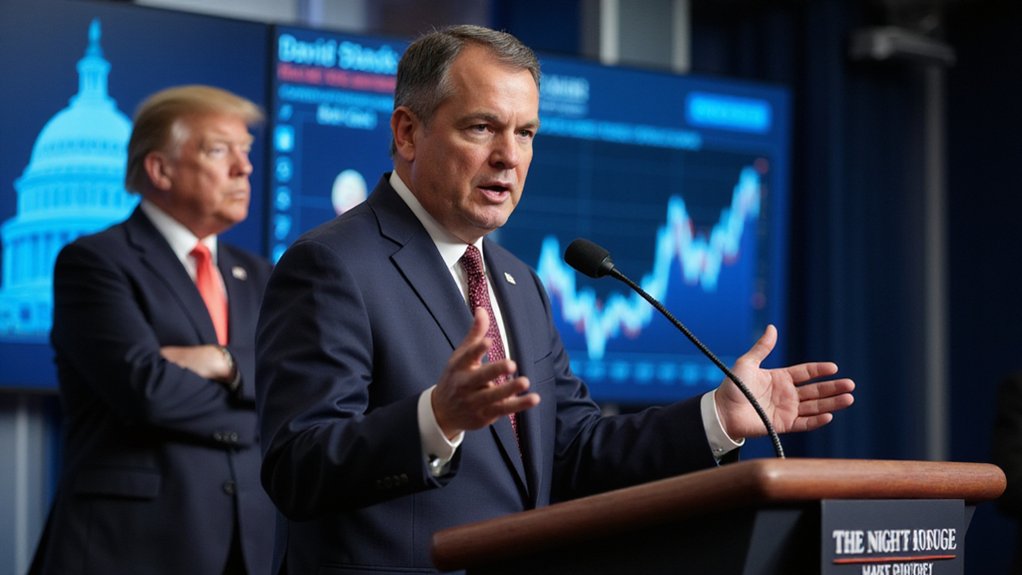For three years, Tether has navigated regulatory turbulence with the practiced ease of a company that has made defying conventional wisdom its core competency—yet the stablecoin giant now finds itself confronting a confluence of challenges that may finally test the limits of its remarkable resilience.
The European Union’s Markets in Crypto-Assets regulation delivered the first serious blow, mandating that 60% of stablecoin reserves reside in EU banks—a requirement Tether promptly refused to meet. The predictable consequence? Major exchanges like Binance and Kraken unceremoniously delisted USDT across European markets, severing millions of traders from their preferred trading pairs and creating the kind of liquidity fragmentation that stablecoin operators typically spend considerable resources avoiding.
But Europe’s regulatory rebellion may prove merely a preview of more consequential disruptions ahead. The U.S. GENIUS Act promises to end the regulatory ambiguity that has allowed Tether to operate in a comfortable legal grey zone for years, establishing clear frameworks that could fundamentally alter the competitive landscape. The Act specifically prohibits algorithmic stablecoins to prevent the kind of market collapses that have previously destabilized the crypto ecosystem.
While established players like Tether and Circle currently benefit from regulatory barriers that discourage new entrants, clearer rules often come with stricter enforcement—a development that historically makes compliance-averse companies rather uncomfortable. The regulatory pressure comes despite USDT’s dominance, with 90% of real-world stablecoin payments flowing through Tether’s network between January 2023 and February 2025.
Meanwhile, Tether’s recent minting of $2 billion in “authorized but not issued” tokens on the Tron blockchain offers a fascinating glimpse into the company’s operational psychology. This practice, ostensibly designed to prepare for market stress or redemption demands, raises intriguing questions about underlying liquidity management. The stablecoin market’s sheer scale—with total market capitalization exceeding $162 billion—makes transparency concerns particularly consequential for global financial stability.
Tether’s $2 billion token minting reveals operational psychology that raises uncomfortable questions about true liquidity management capabilities.
Critics suggest this approach could mask potential liquidity constraints, creating precisely the kind of opacity that regulators find objectionable.
The irony remains striking: Tether’s dominance persists largely because no viable alternative has emerged, yet the regulatory environment that protects this monopolistic position simultaneously threatens to dismantle it.
The company’s refusal to adapt reserve structures to meet regional banking requirements limits available liquid assets precisely when regulatory pressure demands greater transparency.
As new U.S. legislation approaches, Tether faces an uncomfortable choice between compliance and the operational flexibility that has sustained its market leadership—a decision that could determine whether regulatory defiance remains a sustainable business strategy.








